 Photo by Alina Vilchenko
Photo by Alina Vilchenko Is YOUR favorite feline fascinated by the idea of bedding down in your bathroom? If so, consider these paws-ible explanations for it.
1. Bathrooms are typically cooler than the rest of your home, and those with tiled walls and floors are purr-fect snoozing spots for cats, especially in summer. Not only that, but there’s often a litter box conveniently placed nearby and exciting “playthings” such as rolls of toilet paper to keep any curious kitty more than content.
2. Most cats don’t like getting wet but they do enjoy being NEAR water. The sound of running water seems to soothe them, reassuring them that they’re being tenderly looked after and lovingly cared for. More adventurous kitties particularly revel in playing with, lapping up and drinking from the seemingly endless flow of water that streams from your bathroom taps.
3. Your bathroom sink may be the ideal size and shape for your cat to curl up in. Not to mention providing her with a cool, firm surface that supports her body and makes her feel surrounded and safe. Another reason cats love napping or sleeping in bathroom sinks is that they’re elevated, affording them a far better view – “a cat’s-eye view” -- than they’d ever get from being confined to the floor.
4. Being private and independent creatures, cats can quickly determine that bathrooms are quiet and restful areas, suiting them and their craving for privacy, rejuvenating rest and relaxation to a “t.” If the rest of your home is often bustling with activity – from visitors with other pets to every holiday celebration imaginable – what more suitable place for solitude could there be for your own precious pet than your bathroom? (If she could, she would happily hang a “DO NOT ENTER” sign on the doorknob)!
5. Cats are always aware of and attuned to your subtlest gesture, particularly when it comes to attention. If you “ooh” and “ahh” and either fuss over yours or pet her when you find her asleep in the bathroom, she’ll perk up and take notice, assuming you approve. This only serves to reinforce her behavior until it becomes as permanent a “fixture” as the sink and the toilet!
6. On the negative side, if your cat is behaving abnormally -- avoiding you or displaying signs of physical distress -- and sleeping in the bathroom, she may be ill. Cats tend to seek out a private place where they feel safe if they’re either sick or trying to recuperate, and being close to water fits the bill. If, however, your cat exhibits other worrisome symptoms, make an appointment with your vet, and have her examined as quickly as possible.
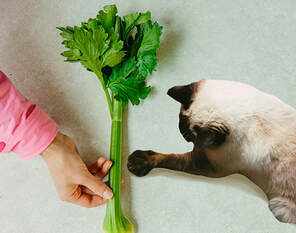
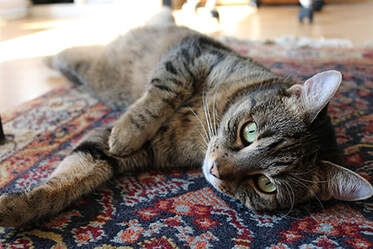
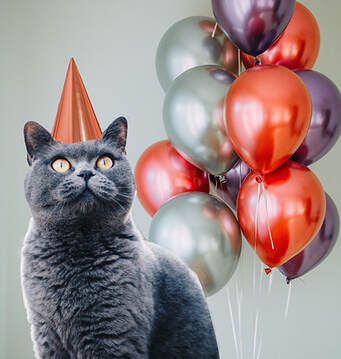

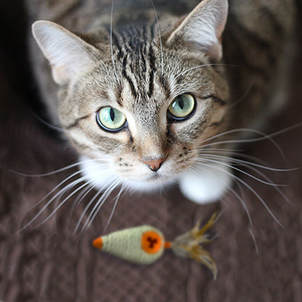
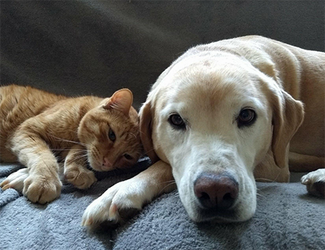










 RSS Feed
RSS Feed